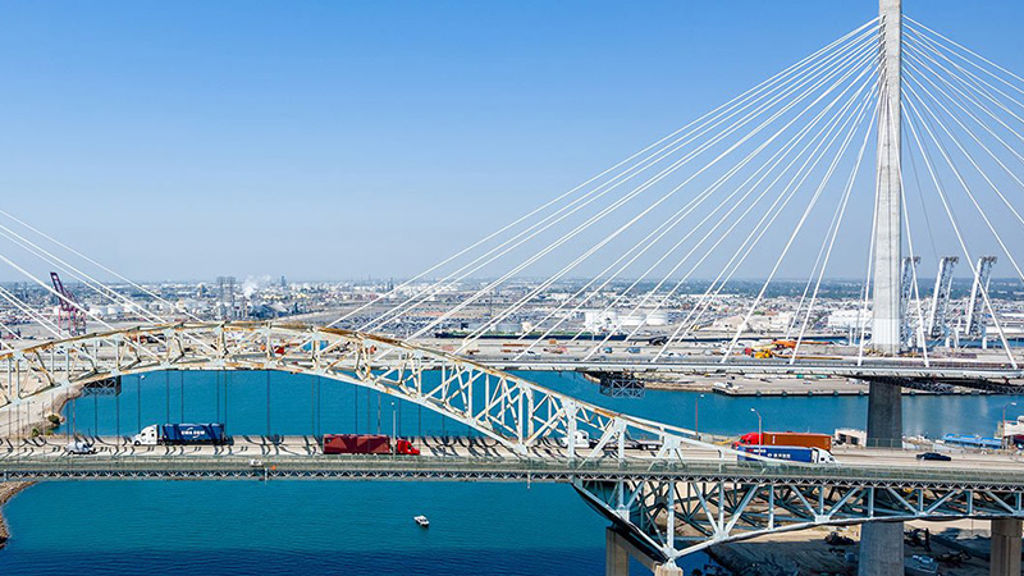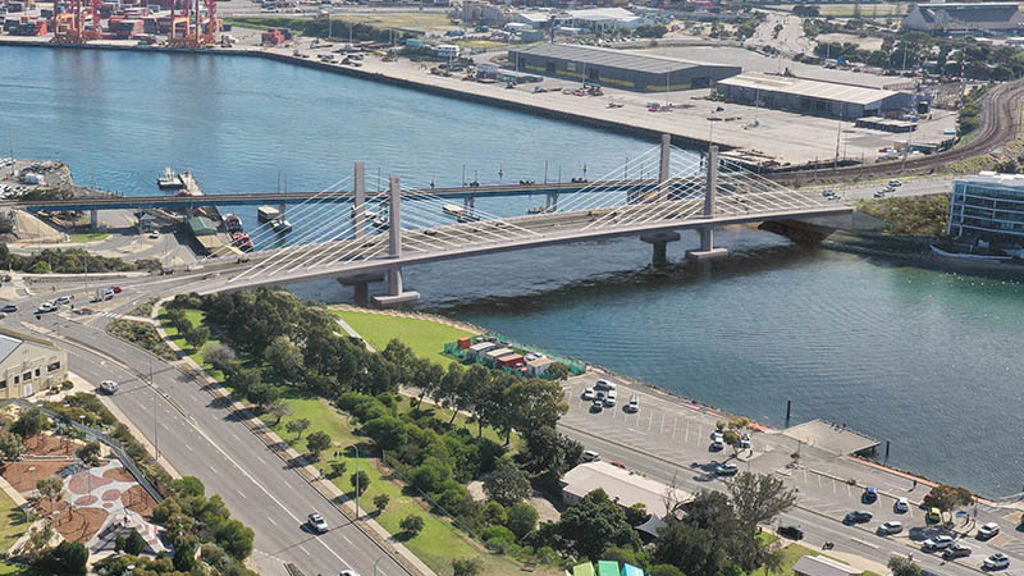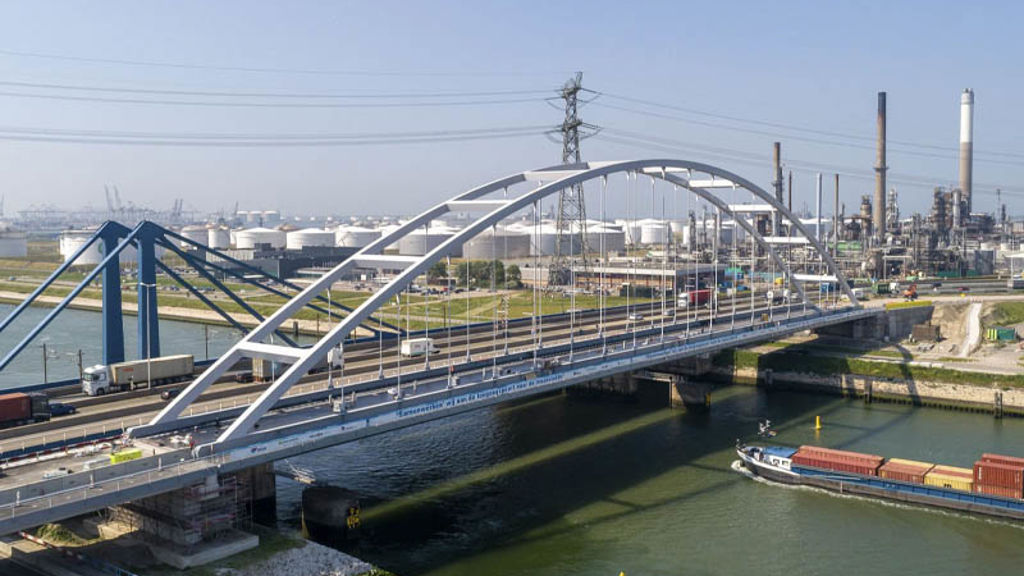A straightforward, cost-effective approach to asset integrity management
Working closely with NH and experts from The Welding Institute (TWI), Arup led this project, producing guidance in three steps:
The first part aimed to devise an easy-to-use guidance for identifying steel bridges most likely at risk of fatigue. Our bridge engineers and materials specialists drew on our experience of analysing major bridges, such as the Rijkswaterstaat bridges, and worked with experts from TWI to develop a clear, risk-based evaluation process to identify which bridges are most at risk. NH can then inspect and intervene on each as required.
The second part created guidance for contractors and maintenance teams. Our guidance helps NH’s teams select appropriate intervention strategies, ranging from modelling techniques to sampling and, in some cases, repair methods. It ensures that investigation teams explore the condition of each structure thoroughly, but without conducting unnecessary or overly time-consuming modelling. We have included guidance on sampling of material from bridges for material analysis, and on destructive and non-destructive testing techniques. This sets out which methods to use in each situation and what can be inferred from the results.
The final part focused on providing clear advice for repairing bridges experiencing fatigue. With so many different types of bridge and structure, each operating under different conditions, choosing the most appropriate repair option is vital. For example, should existing welds be ground out or completely replaced? Or should we replace the whole structure? Our guidance distils our multidisciplinary expertise into clear advice so that NH can repair its assets while also conserving time, money and materials.
A clear path to robust, affordable asset maintenance
Our work, in collaboration with NH’s asset management team and technical specialists from TWI, will help prevent long unplanned closures and keep maintenance and upgrade costs down, limiting disruption to road users. With the ability to quantify and assess the risk of fatigue in steel bridges, NH can focus resources on the bridges most at risk and choose the right option – whether that is to monitor, repair or replace – at the right time.
Local councils, who also look after some road bridges with a steel primary deck element, and other major asset owners are keen to understand how best to quantify their risk and prioritise their own maintenance programmes. Our work is informing a new design standard for advanced fatigue assessment, repair and strengthening techniques that will share this knowledge with the wider industry.







